When one looks at the more than five decades of films that make up the career of Fritz Lang it's hard to think of any other filmmaker who has accomplished so much and influenced so many, becoming a legend in his home Weimar Germany and then later in Hollywood, and though when the name “Fritz Lang” is mentioned his magnum opus Metropolis is the one title that readily leaps to mind those early years in the silent era brought the world so much more.
He brought us epic fantasies, daring heroes and nefarious villains.
If the towering cityscapes of the futuristic world of Metropolis were the only thing to have come from the mind of director Fritz Lang his name would still be an important part of cinema history but his incredible output not only stretched across decades and genres, below you will find my thoughts concerning his time making silent films, while also shaping the world of cinema.
The Spiders: The Golden Lake (1919) & The Diamond Ship (1920)
With a message in a bottle that leads to a lost Incan civilization, a rumoured treasure trove of gold, a criminal organization known as The Spiders and a beautiful Inca princess to win the heart of the hero we have what adds up to be one truly fantastic adventure story, a film that feels ripped right out of the pulp stories that featured the likes of Doc Savage and The Phantom, even the hero here blazes away with twin .45 automatic like The Shadow, but to make things even better Fritz Lang has a woman as the head of The Spiders and she is a total badass and a more than worthy foe for our hero. Watching this is it's clear that Fritz Lang's early work was quite impressive in scope and scale, from fantastic sets depicting an ancient Inca temple to hot air balloon escape and booby-trapped treasure rooms, The Spiders - The Golden Lake is an amazing adventure film that even goes in surprisingly dark directions making this a must-see for any fan of pulp action stories and the serials that they spawned. Note: One must respect any criminal organization that leaves a spider totem at the crime scene as a calling card, that's just cool.
Much in the vein of the serials, only with a longer wait between chapters, Lang released The Spiders: The Diamond Ship which found our millionaire adventurer Kay Hoog seeking vengeance after the death of the woman he loved and he will stop at nothing to destroy the criminal organization known as The Spiders, who I again, must shout out with respect as seeing them committing robberies while dressed in top hat and tails and domino masks, which is just so damn cool, but this time out the villainous Lio Sha and her minions are seeking a mystical diamond that would allow them to place a puppet on the throne of China and allow them to control all of Asia. Basically, your typical supervillain plan.
At almost twice as long as the previous instalment the pacing isn't quite as tight as what was found in The Golden Lake but with Karl Freund stepping in as cinematographer the visuals take a staggering leap forward, and with our hero finding himself escaping from one death trap after another the wonderful use of light and shadow brings this adventure tale to a whole new level, of course, there is also the issue with the plot dealing with the "Yellow Peril" and all the racism that this entails, which includes caucasian actors wearing Asian makeup, sadly, this type of thing was normal for the time and is something modern viewers will have to grin and bear. Overall, The Diamond Ship is another fun pulpy adventure tale that is full of secret passageways, hidden pirate treasure and the prerequisite damsel in distress, all going towards making another nail-biting adventure mystery, with the only downside being that this was supposed to be the second instalment of four, but those two further parts were never made.
Harakari (1919)
Fritz Lang's adaptation of the opera Madame Butterfly is a pretty big misfire because despite some nice production value regarding the reconstruction of a Japanese town the lacklustre cinematography and a cast of Caucasian actors in "yellowface" makes this a hard film to get through and the only film in Lang’s filmography I’ll never be re-visiting. One really has to question the decision to make a silent film based on an opera, but hey, he's the genius.
Four Around Woman (1921)
This high melodrama from Fritz Lang is packed to the gills with a cast of notorious characters and damsels in distress; from slimy blackmailers to unscrupulous gigolos to an insanely jealous husband, and jewel thieves with really bad timing, and we also have women of both questionable morality and noble faithfulness, which made Four Around a Woman a rather packed if silly outing from the German master.
Destiny (1921)
With this film, Fritz Lang brings us one of the earliest incarnations of Death in a story that seems ripped from the pages of the Brothers Grimm, with elements that would later influence such films as The Seventh Seal and Death Takes a Holiday. With Lang's Destiny, we are treated to the fantastical journey of a woman's bid to prove that love is stronger than Death, and the cinematography and visual effects brought forth in Destiny are simply amazing as is Bernhard Goetzke's performance as Death and Lil Dagover as the woman who will attempt to thwart Death and save her beloved, basically, this is the prototype to dozens of Gothic tales, and fans of Neil Gaiman's The Sandman graphic novel will find a lot to enjoy from this dark romance.
Dr. Mabuse, the Gambler (1922)
Fritz Lang's silent masterpiece Dr. Mabuse, the Gambler could be considered cinema's introduction of the "supervillain" as its title character isn't just a "Napoleon of Crime," like Arthur Conan Doyle's Professor Moriarty, but a villain with both powers of hypnosis and mind control making him a truly dark Übermensch for our heroes to overcome. I'd say most cinematic villains to follow almost pale in comparison when you consider that Dr. Mabuse is this charismatic evil character who is a criminal mastermind, a doctor of psychology and a master of disguise - you have to watch the film a second time just to pick up on how many various characters are Mabuse in disguise - and Carl Hoffmann's fantastic cinematography paired with Lang's intense direction resulted in a gripping film with epic scope. Overall, Dr. Mabuse, the Gambler is an amazing tale of crime and madness told by one of cinema's greatest directors who was aided by a remarkable cast, especially Rudolf Klein-Rogge as the terrifying Dr. Mabuse. Do yourself a favour and track this one down.
Die Nibelungen: Siegfried (1924)
Based upon the epic poem Nibelungenlied Fritz Lang's 1924 masterpiece Die Nibelungen: Siegfried is easily one of the more impressive films to come out of the silent era but it can also stand toe-to-toe or even eclipse many of the sound era films that followed, from the man-made primeval forests of the Nibelungen to the staggeringly constructed castles and fortresses that populate this world, there is nothing small about this movie. When Lang goes epic he goes all the way and when you see the heroic Siegfried battling a dragon you can't help but be impressed when you consider the fact that special effects men like Willis O'Brien, of King Kong fame, were not around to create this effect using tabletop miniatures, instead, a full-sized 60-foot-long fire-breathing dragon puppet was built and the sequence is nothing less than brilliant.
Any troubling issues with the plot can be laid at the hands of the source material for the idea of Siegfried being the ultimate wingman for King Gunther is a little problematic, as his cheating in a contest so that Gunther could win the hand of the warrior queen Brünhild takes a little of the shine off Siegfried's heroic stature, that said, Brünhild does get her revenge and if anything can be said about Die Nibelungen the adage "Hell hath no fury like a woman scorned" is no better explored than in this Norse tale of heroes, magic and revenge, of course, the real revenge gets going in part two Die Nibelungen: Kriemhild's Revenge. Overall, the film is a stunning piece of filmmaking and Fritz Lang is the consummate storyteller with this entry, he creates a tale of such epic scope that one can't help but simply sit back and marvel at it all.
Die Nibelungen: Kriemhild’s Revenge (1924)
With this second installment in Fritz Lang's adaptation of the epic Norse poem Die Nibelungen we drift away from the more fantasy elements found in part one, there are no dwarves or firebreathing dragons in this chapter, but we do get one badass protagonist in the form of Kriemhild, who does everything in her power and then some to achieve justice for the murder of her beloved Seigfried. Actress Margarete Schön's portrayal of Kriemhild of Burgund, a woman destroyed by grief, is simply chilling as we see her go from being a beautiful princess in love to a vengeful dark queen who will burn the world down to get her revenge. If there is any negative thing to say about this character is that we really didn't get much screentime between her and Seigfried in the first part, so their love story seems a little on the shallow side for it to have resulted in such an intense and hate-fueled rage that followed his death. Overall, Die Nibelungen: Kriemhild’s Revenge is another cinematic masterpiece from Fritz Lang and where it lacks in the fantasy elements of the first chapter it more than makes up for it in the incredible battle scenes that engulf the last third of the movie. When you watch this movie, you can't help but see how much Lord of the Rings and Game of Thrones owes to this film.
Metropolis (1927)
When watching Fritz Lang's Metropolis it's impossible to deny that this film is a magnificent example of science fiction and one of the most influential films ever made which is what makes it so incredibly hard to believe that it was a box office disaster when it was originally released, it truly staggers the mind that such a powerful and creatively brilliant film was a cinematic bomb. This film not only consists of amazing miniatures, beautiful matte paintings and some truly massive sets depicting a city of the future but it also told the timeless tale of social classes at odds with one another that even today bite rather close to the bone. It's possible that this film's political allegory didn't sit too well with the people of the 1920s - and it was banned in Russia for its controversial subject matter - but as time marched on so went the appreciation for what is easily one of the greatest achievements of the silent era.
What really amazes me is that I had never actually sat down to watch this film until recently picking up the Bluray, having seen but a few clips of Metropolis used in documentaries about science fiction in film, and watching it now I'm stunned and can only say that when people state that "This is the greatest and most influential films ever made" they are grossly understating things. From the mad scientist creating the robot Maria to towering skyscrapers, this film has left its stamp on hundreds of films since its release, from James Whale's Frankenstein, George Lucas's Star Wars and Ridley Scott's Blade Runner just to name a few, so if you are like me and have somehow let this masterpiece pass you by doing yourself a favour and hunt down a copy and I bet you will be amazed and as captivated as I was.
Spione (1928)
With Spione director Fritz Lang goes back to his roots with an action-packed spy thriller that harkens back to his earlier outings such as The Spiders and Dr. Mabuse, the Gambler, when asked about this film Lang referred to it as "A small film with lots of action" which this movie certainly does have, from thrilling car chases to a spectacular train wreck there is some great action to be found, but it was due to the financial disaster that was Metropolis, which had almost bankrupted the studio, that Lang was forced to curb his budget and set aside panoramic visuals for the more tight and economic style found in Spione which works perfectly well for a paranoia-inducing espionage thriller.
Lang's spy film has all the hallmarks of the genre, from secret passageways to death traps it has all the elements that would later appear in the James Bond franchise, and the spycraft on display is quite spot on. For the plot of Spione Fritz Lang did a bit of "Ripped from the headlines" and littered those pieces with a larger-than-life villain in the form of the menacing Haghi, played by the amazing Rudolf Klein-Rogge, who is almost reprising his role as underworld chieftain from Dr. Mabuse, the Gambler. It was with this film that espionage spy thriller really took form and Fritz Lang's mastery of pacing and storytelling is easily one of the genre's most important parents.
Woman in the Moon (1929)
Dubbed "The first scientific science fiction film" Fritz Lang's Woman in the Moon was the first film to depict the use of liquid rocket fuel, a rocket with two stages and zero gravity in space, but the film does veer away from the scientific conjecture of the time by revealing that the Dark Side of the Moon has an atmosphere and there is, apparently, a good deal of gold lying around, and sure, Lang may have strayed a little bit from plausibility but the film's protagonist never comes across Cat-Women or even ancient abandoned cities, so we must give him a little credit for that, of course, we do get to see the hero striding across the Moon's surface in a cardigan sweater while accompanied by a ten-year-old street urchin, which is the stuff that makes Woman in the Moon so charming.
Now, the plot of Woman in the Moon isn't all about scientific progress and space exploration we also get a love triangle between the hero, his partner and his partner's fiance, needless to say, the drama surrounding this makes for a tense flight, unfortunately, a difficult love interest are the least of their problems as this film also borrows elements from such previous Fritz Lang Movies such as The Spiders and Dr. Mabuse, The Gambler with our heroes being threatened by a sinister criminal syndicate who want to control all the gold found on the Moon. It should be noted that one of the villains comes along for the trip and could be considered a precursor to Doctor Smith from Lost in Space, though in this case, he's a little more competent when it comes to villainy. Overall, Woman in the Moon is a stunning achievement in filmmaking that embraces science with one hand and great storytelling with the other, giving us a film rife with love, greed, cowardice and bravery.
If one thing can be said about Fritz Lang as a filmmaker it would be his unparalleled ability to bring his vision to fruition, whether that be a German expressionist view of the future or a fantasy world of Nordic legend his films remain a testament to true genius, with a few good collaborators including his wife and collaborator Thea von Harbou, and was this vision he helped shape the very industry itself.
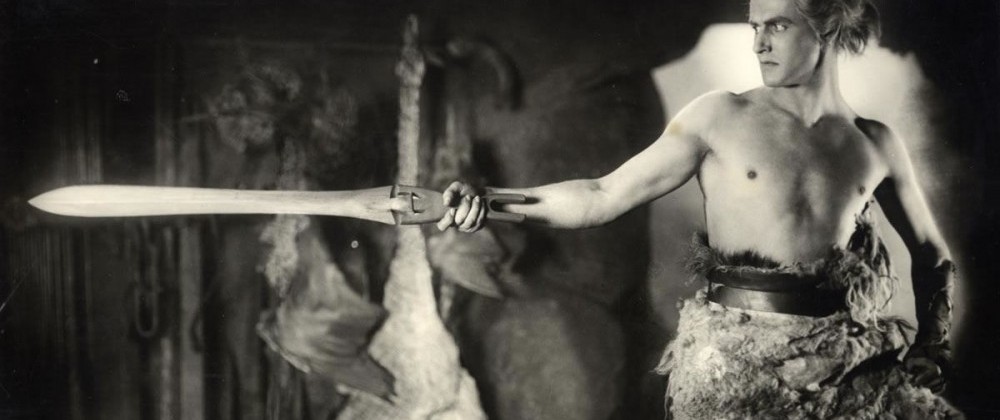

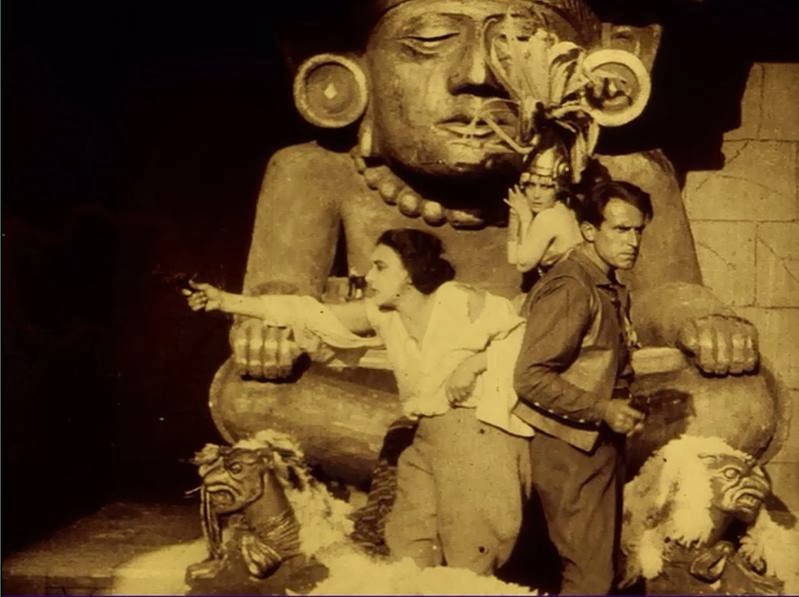

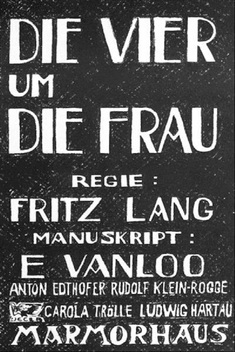
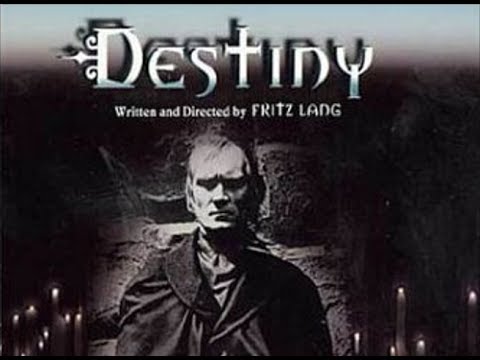
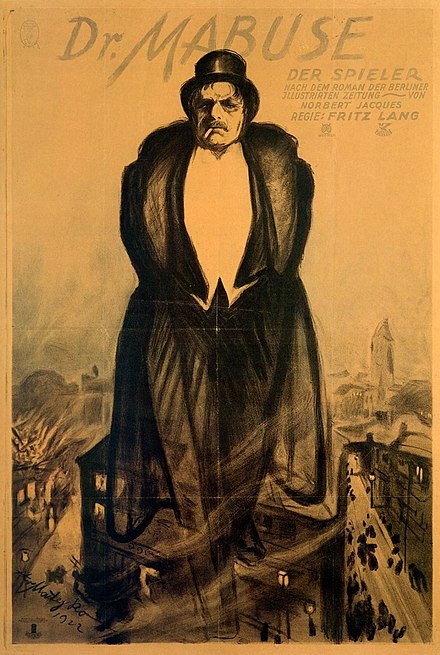
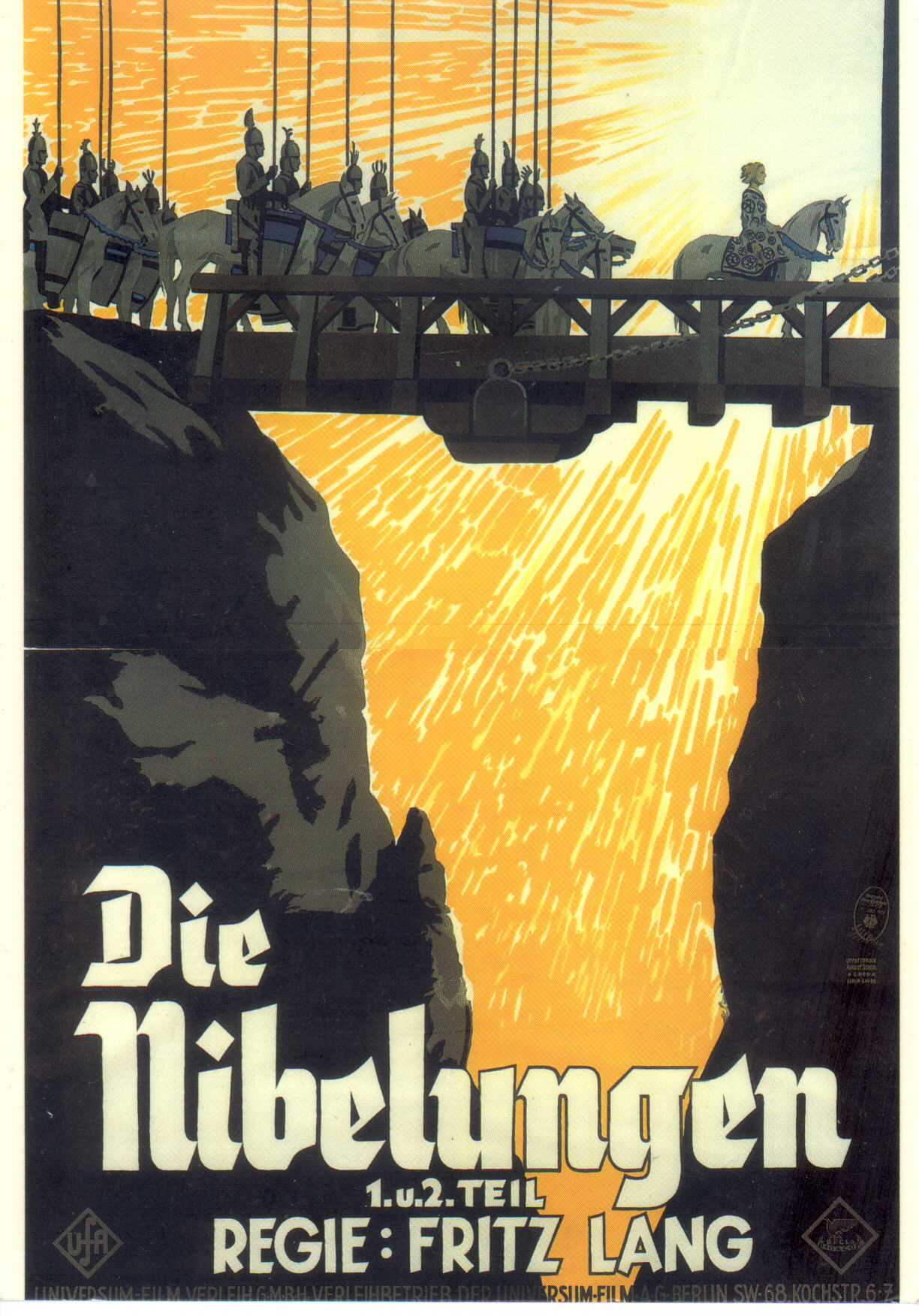
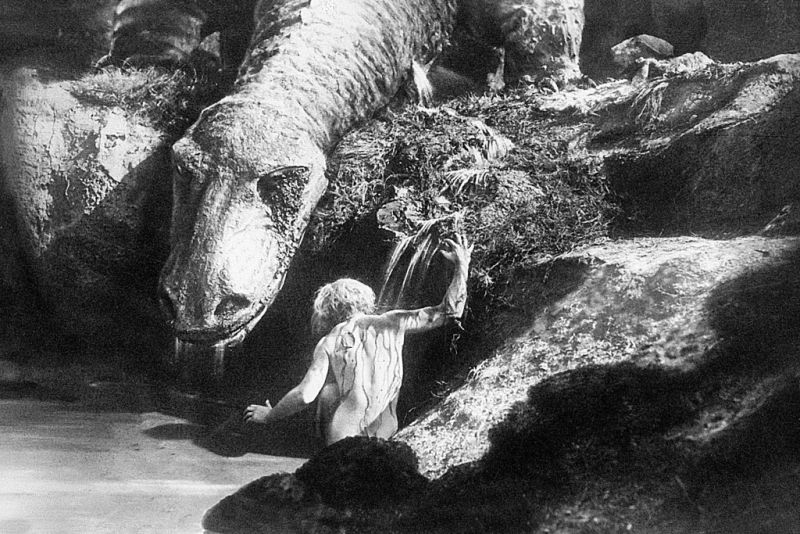
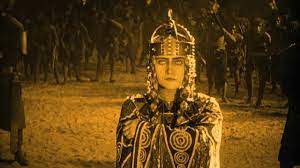
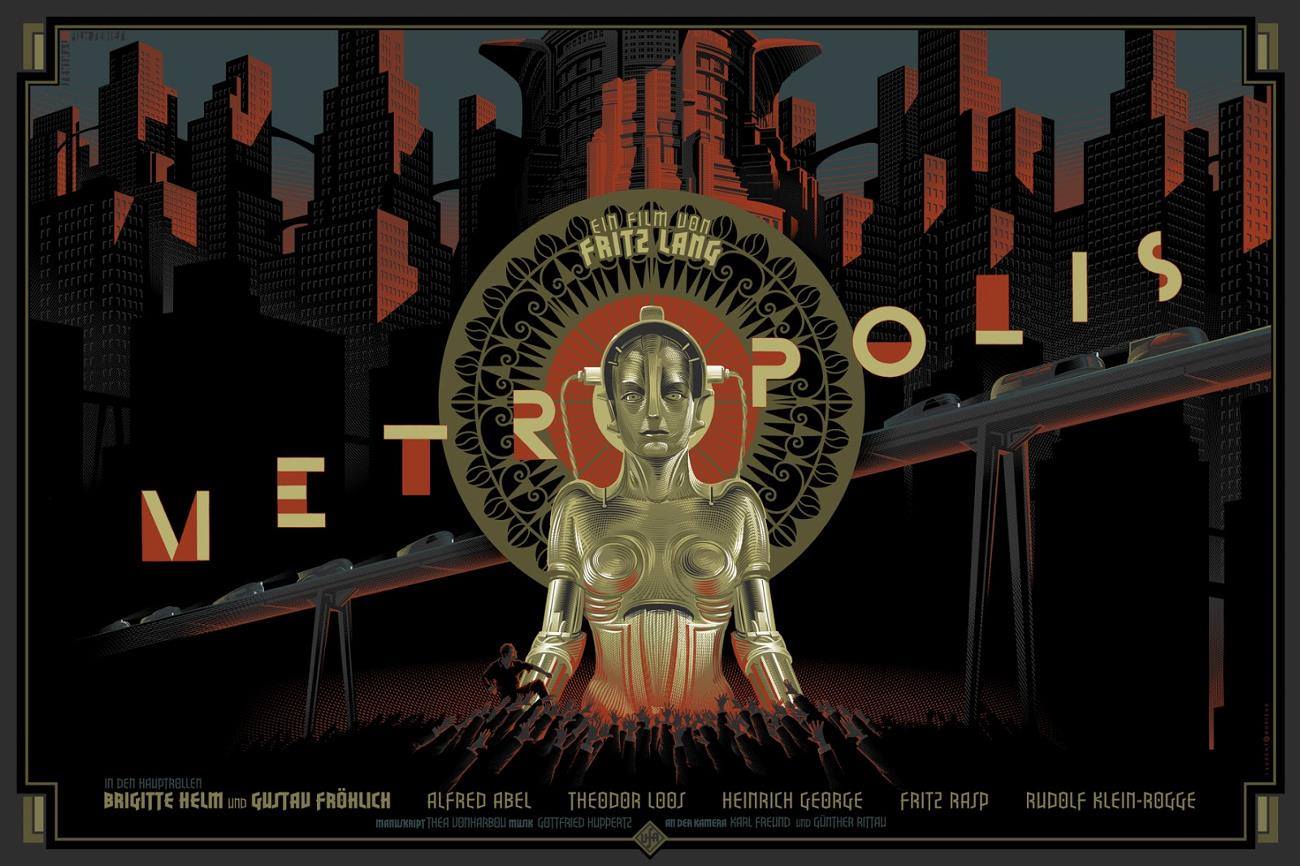
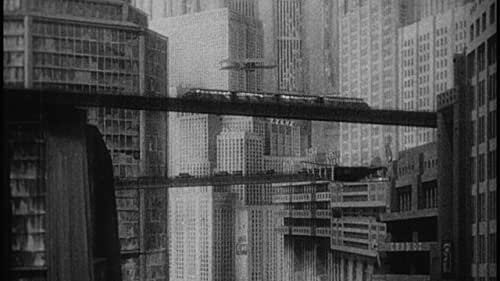
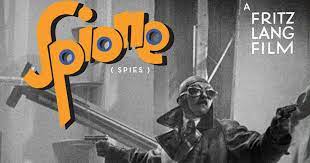
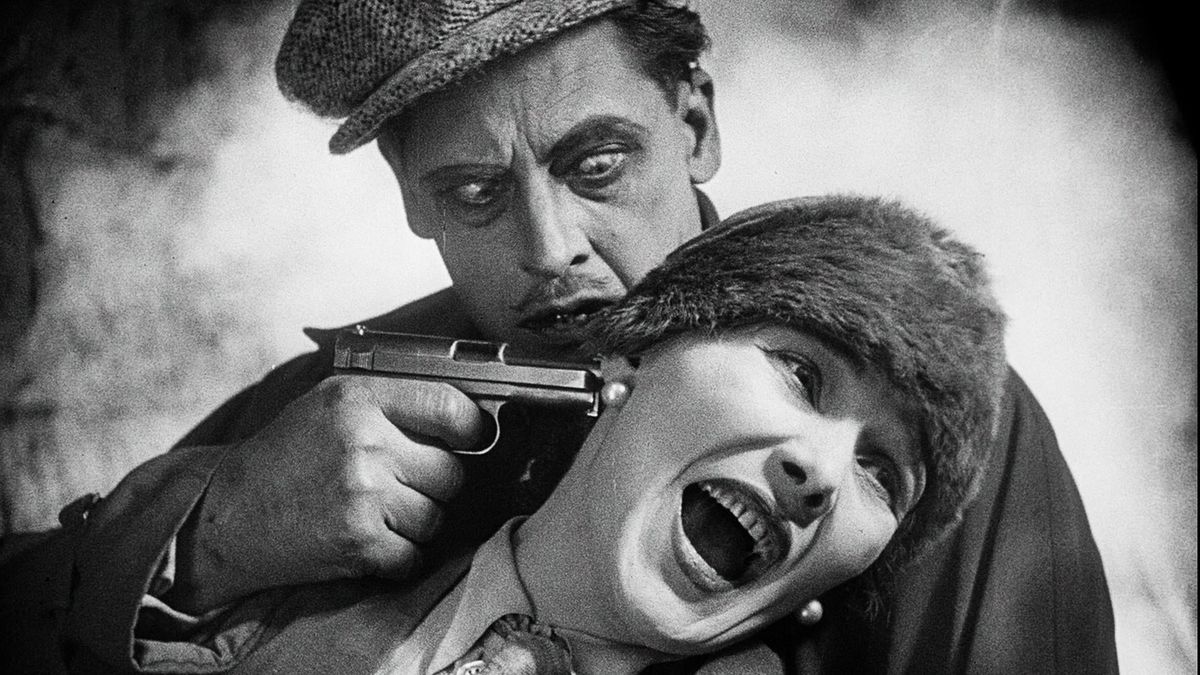
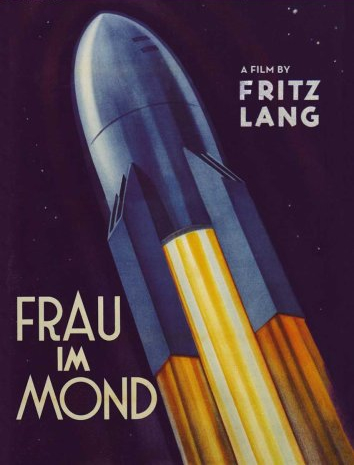
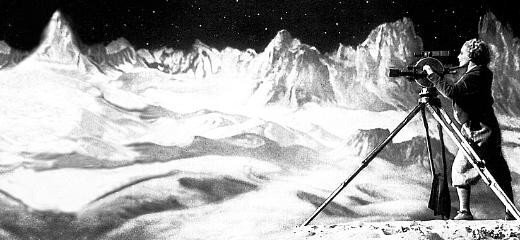
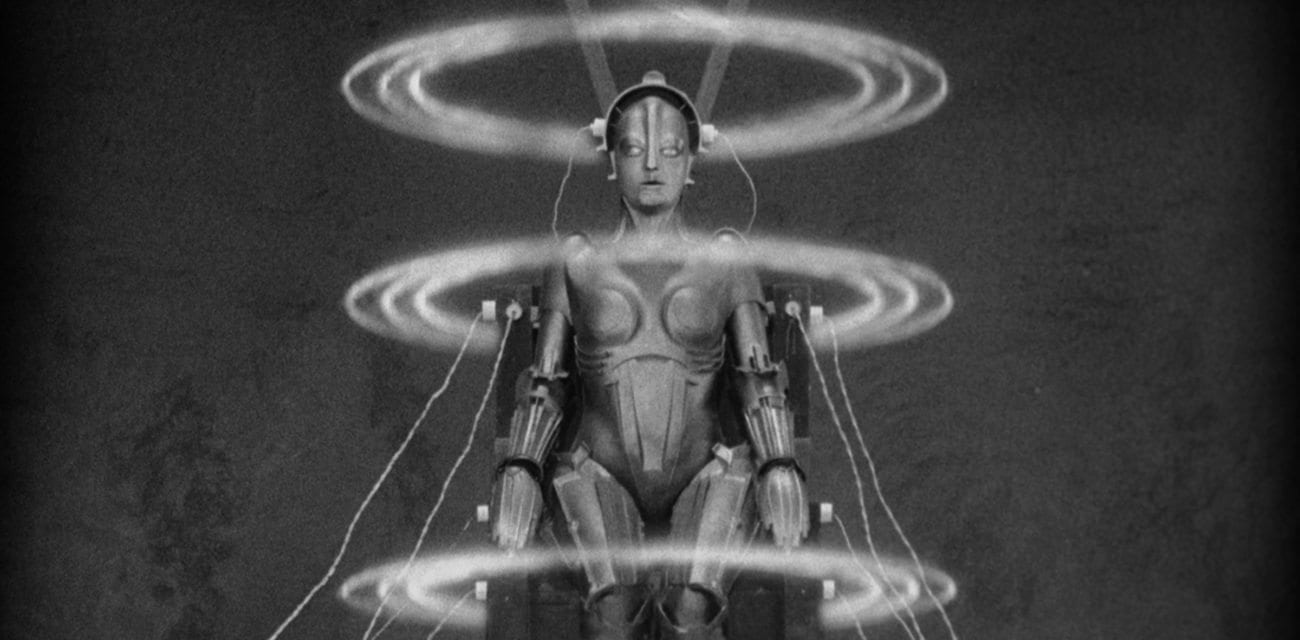

No comments:
Post a Comment